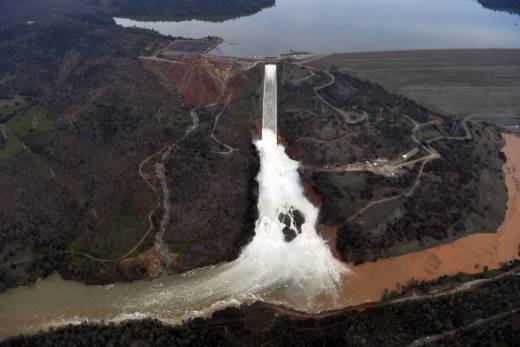State prison inmates have been among the workers rushed to help deal with the crisis at Oroville Dam.
Last weekend, as many as 250 inmates were at the site, and Wednesday, 24 inmates in two work crews were still helping clear loose material from the dam's badly eroded emergency spillway to prevent debris from being washed into the waterway below. In addition to receiving training for their work outside prison walls, inmates are paid $2 a day.
“Even though they do predominantly firefighting duty in the summer months, most of the time these are crews out doing conservation work at other times of the year, and they respond whenever Cal Fire or, in this case, the Department of Water Resources, ask for our help," California Department of Corrections and Rehabilitation spokesman Bill Sessa said.
Sessa said inmates trained to work on fire lines have experience needed at Oroville, like clearing out dead tree limbs and brush.

